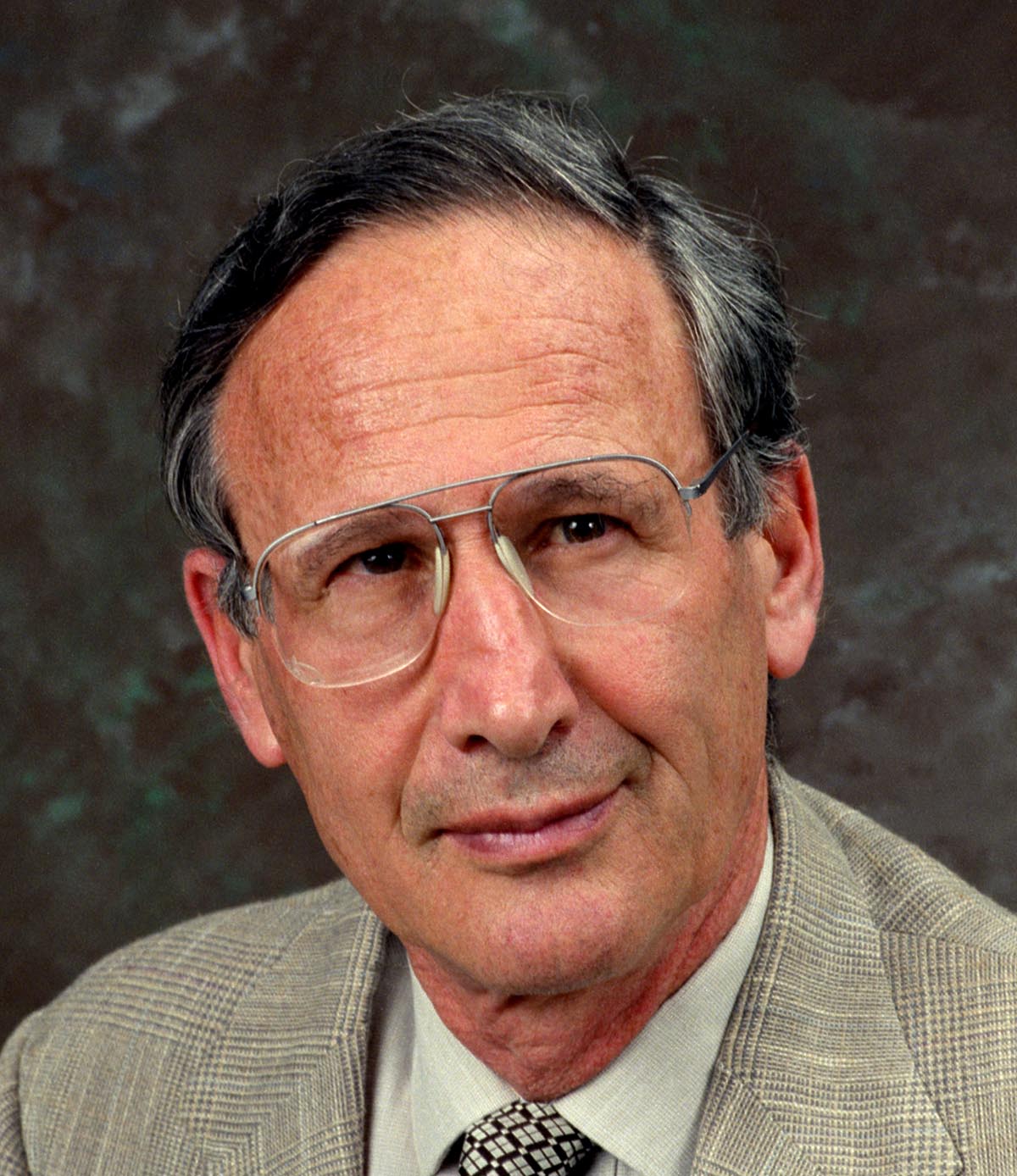Herbert Steiner received his B.S. in Engineering Physics in 1951 and his Ph.D. in Physics in January 1956, both from the University of California, Berkeley. From 1956 to 1960 he was a research physicist at the Lawrence Berkeley National Laboratory and a lecturer in the Berkeley Department of Physics. After a year as a Guggenheim and Ford Foundation Fellow at CERN in Geneva, Switzerland he joined the Berkeley Physics faculty in 1961. He served as chairman of the Physics Department from 1992 to 1995. He is a fellow of the American Physical Society and the recipient of an Alexander von Humboldt Senior American Scientist Award. He has held appointments as Visiting Professor at the University of Paris, the Japanese Society for the Promotion of Science, and as a Visiting Research Scientist at the European Center for Nuclear Research (CERN) in Geneva, the Max Planck Institute, Munich, the University of Paris, and the German Electron Synchrotron Laboratory (DESY) in Hamburg.
Research Interests
Experimental Particle Physics. High energy fission (1953-56), experiments with antiprotons (1955-65), pion-nucleon and nucleon-nucleon scattering with polarized targets (1961-1980), π-N phase shift analyses (1964-70), determination of the spin and intrinsic parity of hyperons using polarized targets (1964-69), search for time-reversal symmetry violations in e-p scattering with a polarized target (1968-71), development of multiwire proportional chambers (1968-79), study of the interactions of high-energy nuclei (1971-80), search for weak right-handed currents in muon decay (1980-85), Compton polarimeter design, construction, commissioning and use (1983-1988), test of the Standard Model of electroweak interactions using polarized electrons to produce Z°-bosons in the SLD detector at the Stanford Linear Collider (SLC) (1986-1999), gaseous detector development (1997-present), search for neutrino oscillations and geo-antineutrinos using the KamLAND detector in Japan (1999-2007), measurement of the mixing angle θ13 at Daya Bay, China (2007-present).
Current Projects
At present I am involved in an experiment to measure the antineutrino mixing angle θ13. This parameter is crucial in determining to what extent CP-symmetry violation is present in the lepton sector. The experiment is being undertaken by an international collaboration consisting of about 250 scientists, mainly from China and the USA.
The antineutrinos are produced in a nuclear power plant in Daya Bay, China. Eight identical cylindrical detectors, 5 meters high and 5 meters in diameter, filled with liquid scintillator, are used to detect the antineutrinos. Two detectors are deployed in each of two near experimental halls located about 600 meters from the reactor cores, and four are in a far hall about 1-1/2 km away. Neutrino mixing causes neutrinos to change their character so that they no longer produce signals in our detectors. Because the mixing depends on energy and distance travelled, a comparison of the interaction rates in the near and far detectors can be used to determine the mixing angle almost independently of detailed knowledge of the reactor performance. Within three months after the start of data taking in December 2011 the Daya Bay experiment was able to show that θ13 is not equal to zero, and subsequent data taking has yielded the world’s most accurate measurement of this angle.
The Berkeley group, consisting of Physics Department faculty members Professors Kam-Biu Luk and Herbert Steiner, two post-docs, three graduate students and 4-6 undergraduates has been involved in all aspects of this experiment. We tested, characterized and installed the 2500 photomultiplier tubes used in the Daya Bay detectors, measured light attenuation in the liquid scintillator, and have been making detailed studies of nonlinearities associated with the energy determination of the neutrinos. We are, of course, also deeply involved in the analysis of the data. Data taking is scheduled to continue until at least 2017.
Our group has started to explore new experiments and techniques of interest, especially those attempting to shed light on some of the still unknown properties of neutrinos such as neutrino mass, the mass hierarchy and possible CP-violation in the neutrino sector.
Publications
Herbert Steiner, “Measurement of Electron Beam Polarization at the SLC” Nucl.Inst.Meth. A265,170-178 (1988).
SLD Collaboration (K. Abe, et al.), “A high precision measurement of the left-right Z boson cross-section asymmetry”, Phys. Rev. Lett. 84, 5945 (2000).
Gudrid Moortgat-Pick and Herbert M. Steiner, “Physics opportunities with polarized e- and e+ beams at TESLA”, Eur. Phys. J. Direct C6, 1-27 (2001).
KamLAND Collaboration (S. Abe, et al) , “Precision Measurement of Neutrino Oscillation Parameters with KamLAND”, Phys.Rev.Lett. 100 (2008) 221803
Daya Bay Collaboration (F.P. An, et al), “Observation of electron-antineutrino disappearance at Daya Bay”, Phys. Rev. Lett. 108 (2012) 171803
